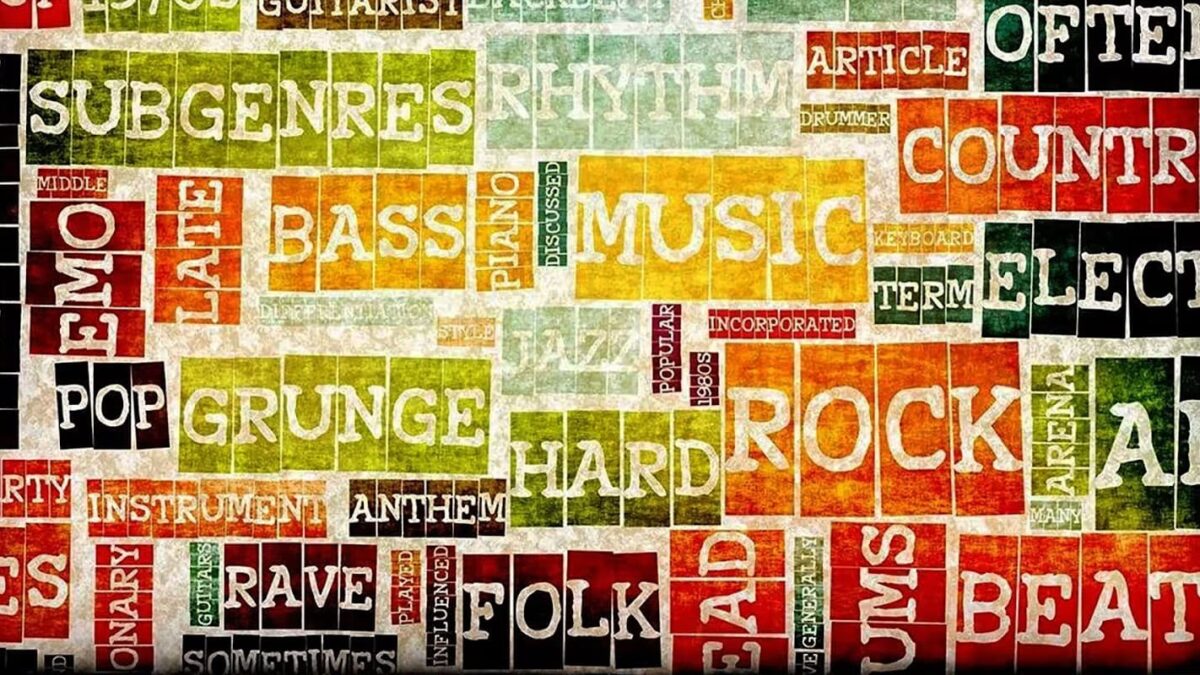Exploring different music genres can open up whole new worlds of sound. When we step outside our comfort zones and familiar playlists, there’s an opportunity for growth and discovery around every corner. Experimenting with new styles allows us to expand our musical palettes and appreciation in exciting ways. As a musician and music lover, I always seek fresh influences to spark my creativity. The familiar can be nice, but pushing boundaries keeps things vibrant and interesting.
In this article, I’ll share my tips for expanding musical horizons – how to find new genres, learn their conventions, and incorporate diverse impacts into your artistic vision.
Why experiment with different music styles?
Experimenting with new genres keeps music exciting for both creators and listeners. When artists do genre-blending, it can lead to groundbreaking fusions that captivate fans with fresh sounds. Investigating unfamiliar territory expands your musical horizons and pushes you to develop new skills. Learning the conventions of genres like jazz, folk, funk, or electronic music gives you more tools for self-expression. You may discover chord progressions, rhythms, or production techniques that spark ideas for original songs. Personally, exploring rap opened up new ways for me to play with lyrics over beats.
Masterful musicians like Paul Simon, Lil Nas X, and Red Hot Chili Peppers create genre-defying hits by combining their various influences. Simon’s Graceland album blends pop, folk, and South African styles; Lil Nas X fuses country and hip hop; Red Hot Chili Peppers incorporate funk into rock. An openness to experiment with other genres allowed these artists to develop signature styles. You’ll find your unique artistic voice as you soak in more influences. Genre blending keeps music innovative and captivating.

Blending styles and hybrid genres
When genres collide, the results can be magical. Some of the most dynamic and popular music forms have developed by blending seemingly disparate styles into fresh hybrids. Musicians who experiment across genre lines often stumble upon innovative fusions that resonate by meeting multiple musical tastes at once.
Groups like the pioneering “world music” outfit Talking Heads infused Western rock with African polyrhythms and Latino beats. The movement they helped launch opened doors for mainstream success by artists like Paul Simon and Peter Gabriel, who wove global influences into pop gold. Hillbilly jazz fused mountain music with urban swing. Today’s R&B/hip hop crossover dominates the charts, as artists like Drake and The Weeknd mix genres. Nashville’s “countrypolitan” sound welded pop melodies into country’s twang. Reggae’s offspring dub and ska soaked up punk, metal, and funk vibes. Experimenting across stylistic lines keeps birthing new variants and subgenres.
Practical tips for experimentation
Learning new music styles takes an open mindset and some practical steps. Don’t expect to master new genres instantly; give yourself time to grow into unfamiliar territory. Start by actively listening to myriad styles and picking out conventions you want to learn. Streaming playlists, radio stations, and music documentaries offer guided tours of genres. As you listen, pay attention to chord changes, instruments, rhythms, song structures, and production techniques used in each style. Take notes on patterns you want to emulate.
Next, use music learning tools like tutorials, sheet music, and lesson videos to help teach you the building blocks. Break genres into digestible pieces, for example, with hip hop, focusing on flow, lyrical delivery, or beat-making individually before blending skills. Use exercises like rapping over a simple drum loop or playing jazz chords to train your ears and muscles.
Don’t be afraid to sound rough initially – persistence pays off when learning new styles. Immerse yourself in genres that intrigue you, and regularly practice unfamiliar techniques. Over time, layer in elements until you feel comfortable creating hybrid songs. Collaborating with other musicians also accelerates growth. Remain patient and let genres marinate. With an exploratory mindset, you’ll be surprised how it organically seeps into your signature sound.

Collaborating with other musicians
Making music with others opens doors creatively. Collaborating with artists steeped in different styles accelerates your ability to blend genres. Bouncing ideas off a jazz pianist when you’re mainly a rock guitarist gets your riffs jazzy fast. A folk fiddler’s input can introduce bluegrass flavors to an EDM producer unfamiliar with grassroots genres.
When collaborating across stylistic lines, communicate which elements you’d like to preserve or change up in a song. Explain concepts unique to your genre that may be unfamiliar to them. For instance, as a classical composer, my friend needed to clarify terms like sonata form when co-writing with a hip-hop beatmaker. They both asked lots of questions early on. Have patience explaining your artistic vision to those from outside your musical world.
Also, collaborating works excellently when there’s give and take between the main genres being represented vs just adding ornamental flourishes of one style on top of a dominant sound. Find equitable ways to fuse key aspects of each collaborator’s specialty. This back-and-forth exchange of ideas between styles often sparks novelty. Don’t be afraid to relinquish some control – unexpected surprises emerge, and genres intermingle naturally when you collaborate openly.
